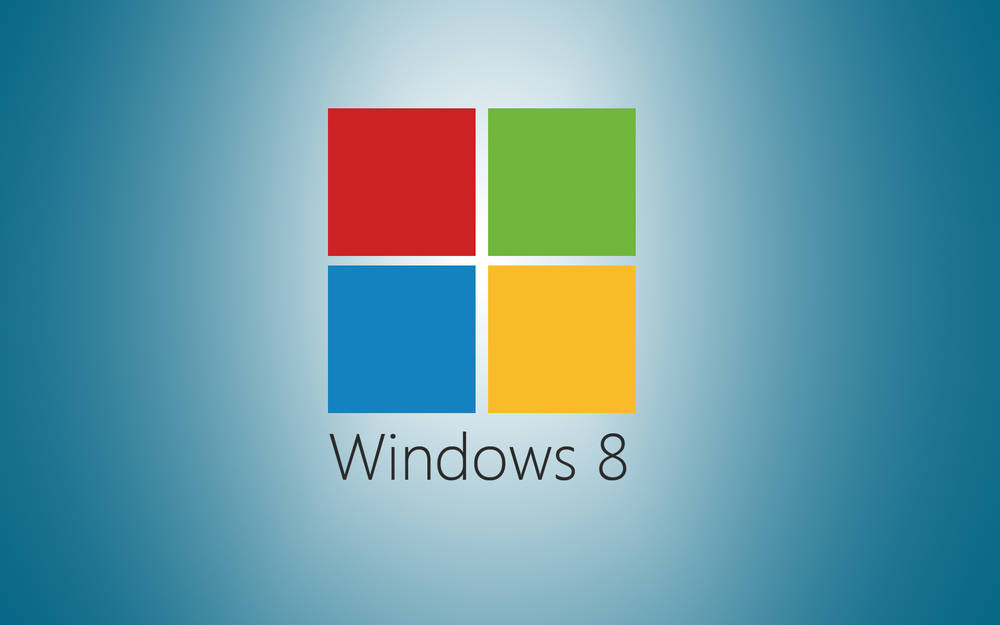The Google Page Experience update is on the horizon, and developers need to take action now to ensure they are prepared when this change goes into place. Changes will affect current Google Search signals and metrics. To prepare for the algorithm update, developers needed to optimize for mobile, improve page speeds, and more. How can they do so to make the transition to the new algorithm smoothly? The following tips become of great help in achieving this goal.
Mobile Search
For the past few years, mobile search has dominated approximately half of all global website traffic, and that doesn’t appear to be changing. Google algorithms already factor this in when ranking a page, as they turn to the site’s mobile version during the ranking process. Every website must be optimized for mobile search. According to appiloque.com, this requires taking steps such as minimizing redirects, decreasing code and leveraging browser caching. Every webpage on a site needs to be simple and responsive to ensure it remains visually appealing on smaller screens, and developers must optimize site structure for mobile.
Page Load Times
Any delay in a page’s load time leads to a decline in conversion rates. In fact, conversion rates may decrease by 70 percent with a full second delay in loading. Imagine the negative effect of longer load times and see why optimizing page load times is crucial. Google states the best practice regarding page load times is three seconds. To achieve this goal, minimize HTTP requests by combining files. Use asynchronous loading files and allow the browser to load the page from top to bottom. Monitor image file sizes, caching, and compression, as they all affect page speed.
Customize CTAs
Every website contains at least one call to action or CTA. The web developer might ask a visitor to sign up for an email newsletter, make a purchase, or schedule a consultation. Every CTA on a site needs to be short and provide information on what the customer needs to do next. Furthermore, they need to let the customer know the value of taking action. Make certain the call-to-action buttons are easily seen and properly positioned for the best results.
Images and Alt Text
Image compression helps improves the page loading experience. HTML code uses alt text to impact images on a page and their appearance and function. The alt tag appears when the image file hasn’t loaded to ensure the user understands the context. However, search engine crawlers also use alt text when indexing the site, and these tags boost the site’s ranking. Make the alt text description short and specific while ensuring it contains a keyword. Doing so helps to boost the site’s organic search results.
Content Remains King
Never neglect content while focusing on the page experience. A webmaster might find they get caught up in the technical side of SEO and let their content slide. Don’t make this mistake, as excellent content plays a critical role in page rankings. Every page on a site should provide simple answers to questions search engine users ask and do so in a unique way. With outstanding content and pages that have been optimized for algorithm updates, a site will find itself at the top of the search engine rankings every time.
Prepare now for the page experience algorithm update. Webmasters that do so find they jump ahead of competitors that haven’t taken this step. Their business benefits greatly when this happens, which is of importance in today’s competitive marketplace. Falling behind cannot be an option.




